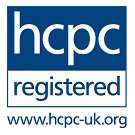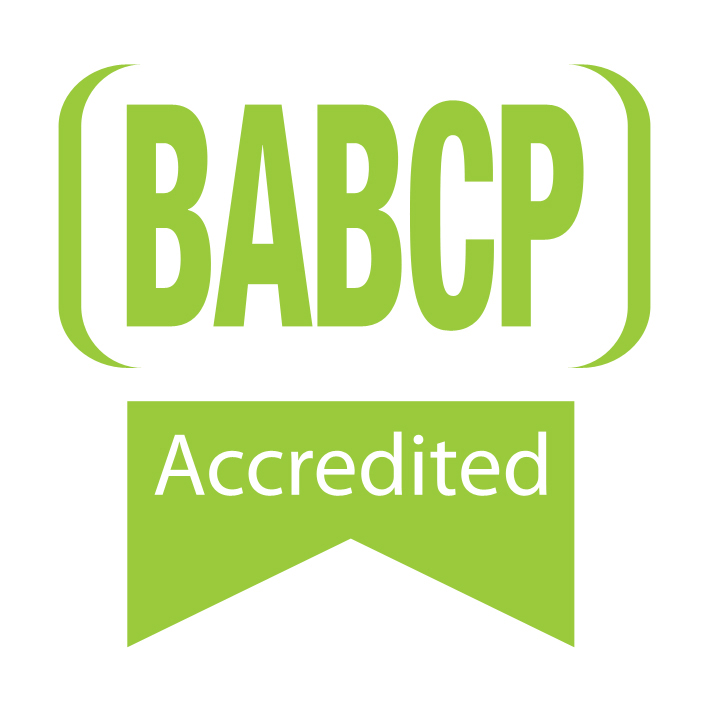Survival Mode: When the Mind Lives in a State of Emergency and How Psychotherapy Can Help You Break Free
In today's fast-paced and unpredictable world, many people unknowingly find themselves trapped in what psychologists refer to as survival mode. Originally designed to respond to immediate threats, this state becomes a long-term condition of chronic stress and fear when activated repeatedly by modern life challenges. Living in survival mode can deeply affect both mental and physical health, often leaving people stuck, exhausted, and disconnected from themselves.
Fortunately, psychotherapy offers effective tools to break free from this constant emergency state and reclaim a life of balance and meaning.
What Is Survival Mode? Understanding the Fight, Flight, or Freeze Response
Survival mode is the mind and body’s natural reaction to perceived danger, driven by the fight, flight, or freeze response. This evolutionary mechanism activates the sympathetic nervous system, causing adrenaline to surge, muscles to tense, and focus to narrow on the threat.
When stress becomes chronic—due to unresolved trauma, financial pressure, caregiving responsibilities, or toxic environments—this alert state persists. The mind and body remain on high alert, even in the absence of real danger, draining your energy and making it difficult to feel safe or relaxed.
Common Signs You're Stuck in Survival Mode
Chronic survival mode often goes unnoticed, but it shows up in both body and mind. Emotional signs may include:
- Constant irritability or edginess
- Feeling emotionally numb or disconnected
- Overreacting to small stressors
Physical symptoms can involve:
- Chronic fatigue
- Muscle tension and headaches
- Sleep problems
Cognitive effects may include:
- Difficulty focusing
- Negative thinking
- A sense of hopelessness or feeling overwhelmed
You may feel like you’re on autopilot—just “getting through the day” without joy, creativity, or real connection.
Why Does the Brain Stay in Survival Mode?
Survival mode is often rooted in unresolved trauma or long-term stress. People with a history of adverse childhood experiences (ACEs), neglect, or abuse may develop an overactive stress response system, perceiving threat even when none is present.
The brain plays a key role here: when the amygdala (our fear center) stays hyperactive, it keeps sending danger signals to the prefrontal cortex, impairing rational thinking and decision-making. This creates a loop of anxiety, hyperarousal, and emotional dysregulation that prevents the nervous system from calming down.
How Psychotherapy Helps You Break the Cycle of Survival Mode
Therapy provides a safe, supportive space to explore the roots of survival mode and develop new coping strategies. Here are four evidence-based approaches that can help:
1. EMDR (Eye Movement Desensitization and Reprocessing)
Proven effective for trauma therapy, EMDR targets distressing memories and reduces their emotional intensity. Over time, the brain reprocesses these memories so they no longer trigger survival responses.
Recommended by both APA and NICE Guidelines for PTSD and trauma-related stress.
2. Cognitive Behavioral Therapy (CBT)
CBT helps you challenge the negative thoughts and beliefs that maintain survival mode, such as "I'm not safe" or "I can't cope." By reframing these patterns, you can reduce anxiety and build resilience.
3. Mindfulness and Grounding Techniques
Practices like deep breathing, body scans, and mindful walking help you stay in the present and regulate your nervous system. These tools are especially useful for managing hypervigilance and emotional overwhelm.
4. Schema Therapy
This approach helps address deep-rooted beliefs formed in childhood, like “I’m unlovable” or “The world is dangerous.” It supports long-term healing for those whose survival mode was shaped early in life.
From Survival to Living: Reclaiming Joy, Safety, and Purpose
Getting out of survival mode isn’t just about reducing stress, it’s about reconnecting with joy, creativity, and emotional freedom. Therapy empowers you to:
- Build emotional resilience
- Set healthier boundaries
- Cultivate self-compassion and supportive relationships
Simple daily habits, like movement (yoga, walking), journaling, creative expression, or time in nature, can help ground you and restore connection to yourself.
Take the First Step Toward Healing
Living in survival mode can feel like a never-ending fight—but it doesn’t have to be. With the right support, you can move from a life defined by fear and exhaustion to one of intention, peace, and vitality.
If you recognize yourself in this article, I invite you to book a free discovery call with me. Together, we’ll explore what’s keeping you stuck and how psychotherapy can help you break free—one step at a time.







